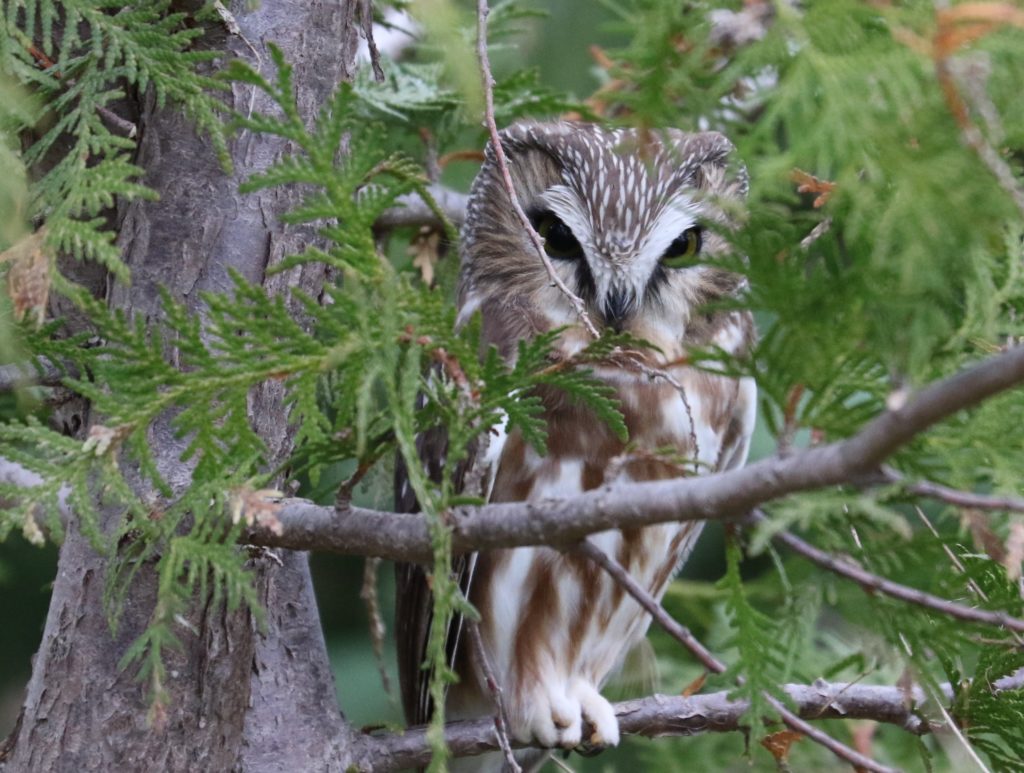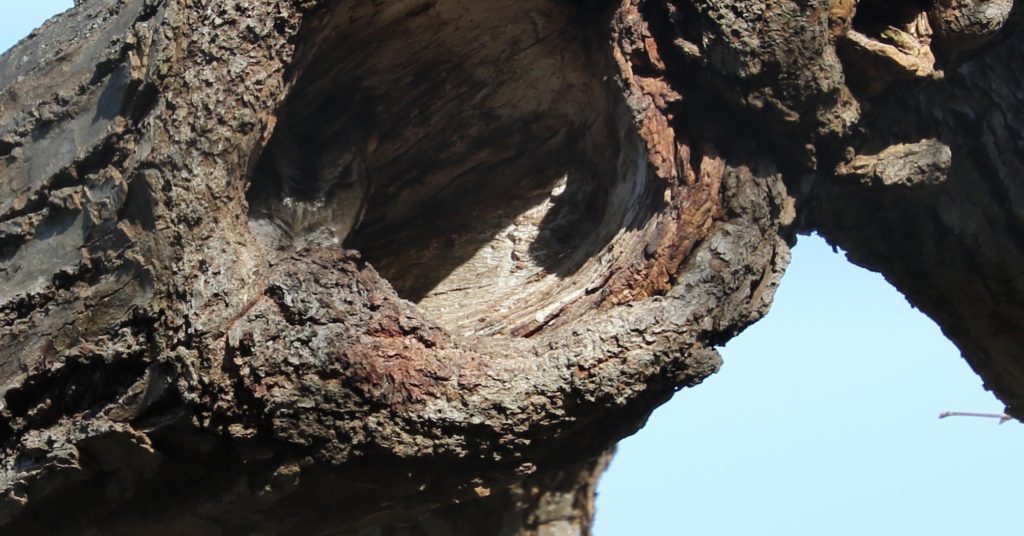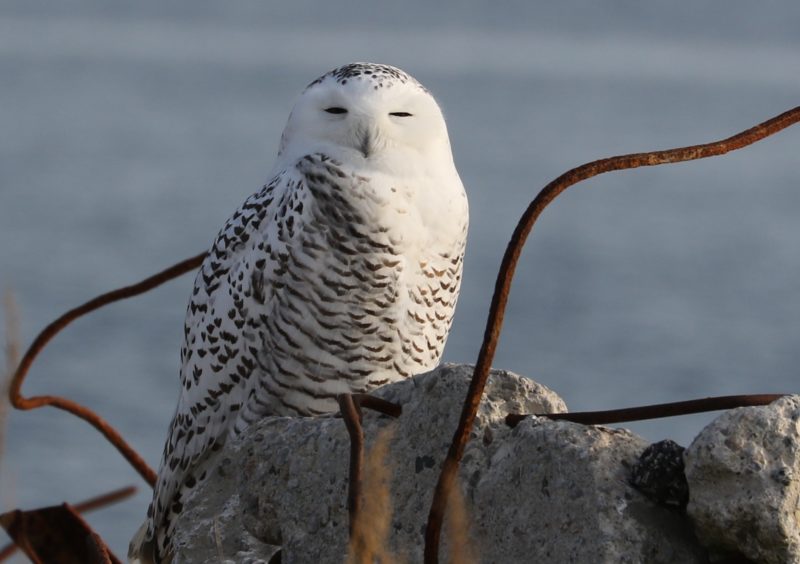I’ve been observing birds around Toronto for about fifteen years now (I started late), and over that time I’ve often had cause to wonder about owls. Mainly, I wonder what lies at the root of their effortless ability to fascinate me. I know of no other group of birds so capable of transfixing me, of rooting me to the spot as soon as I see one, of wiping every other thought from the surface of my mind while I stare in wonder at this particular pile of feathers.
I’m not alone in my fascination with owls; they affect every other birder I know in a similar fashion. In fact, I know a few people who can’t really justify calling themselves birders because all they’re interested in is owls. These people appear when the owls appear in the fall, and they disappear when the owls go back up north in the early spring. And not even the dazzling stream of warblers that runs through Toronto in May can tempt these specialists to return to the woods in the meantime.
What is it about owls that excites such devotion? Don’t tell me it’s their size. Although the Snowy and Great Horned Owl are built on a scale that few other birds can surpass, even the smallest of owls—for example, the Northern Saw-whet, which could uncomfortably fit inside your coat pocket—exert an irresistible attraction over me and other observers.
For a while I thought, Maybe it’s their diet, that they’re assassins, they kill other birds and small mammals to eat. But so do the diurnal raptors. And while hawks and falcons have their devotees, they don’t excite the same fervor of attachment as owls. Neither is it that they’re such rarae aves. Thanks to our diversity of habitats, we see a lot of rare birds over the course of a year in Toronto, but none of them stirs up the same kind of excitement that owls do.
It’s not even their plumage, which though beautiful in its own way is seldom striking. We’re not talking parrots here; these are northern birds come down from the arctic tundra and boreal forests, and they’ve developed the type of conservative plumage that helps them to blend into such barren surroundings. Owls for the most part clothe themselves like monks in arrangements of black and white (the Trappists), grey (the Franciscans), or brown (the Carmelites).
What is it, I ask again, about owls in particular that inspires fascination? I’ve decided the answer lies in another monklike quality they all possess, which is their stillness. An owl knows better than any other type of bird in existence how to rest quietly in place. It’s what they do best, even better than killing. They’ve developed the ability to sit so still and quietly that they become not just part of the landscape but a piece of whatever it is they’re resting upon. They seem to digest—through some strange process of osmosis—their immediate surroundings and turn them into a part of themselves.
A Great Horned Owl that sits in a poplar tree for any period of time acquires a wooden character that renders it so still it no longer seems to breathe with its lungs but to respire imperceptibly through its feathers, the way the tree does through its leaves.

A Snowy Owl that sits in a bank of snow all morning actually appears to melt into its foundation as the sun rises higher and brings its warming influence to bear upon the owl and its resting place.

A Northern Saw-whet Owl that roosts in a cedar tree acquires something of the light and airy, almost insubstantial quality of the cedar’s scaly leaves. You get the feeling that if you brushed your hand over the owl’s feathers, they would emit the same pungent and comforting scent as cedar leaves crushed between thumb and forefinger. (In this respect, it’s interesting that according to Harlow in Trees of the Eastern United States and Canada, “The Onondaga Indian name for this [cedar] tree is Oosootah, which means feather leaf.”)

This is my conclusion, then, at least for now, on the hold that owls exert over us. It’s their perfect stillness, the same eternal immobility, the same relaxed but intense attentiveness that you find in some statues of the Buddha, that transfixes us, that draws us out of ourselves in wonder. It’s not too much to say that these birds show us a different way of being, of not so much relating to our environment as becoming part of or one with it.

